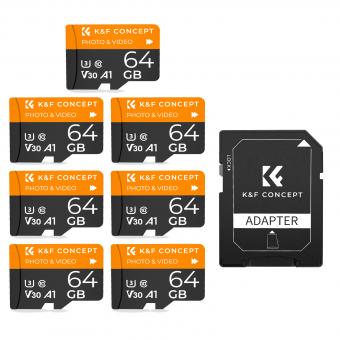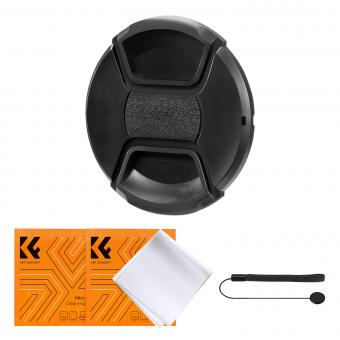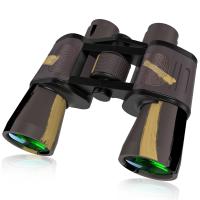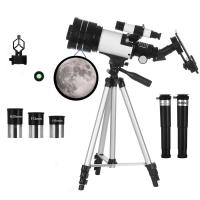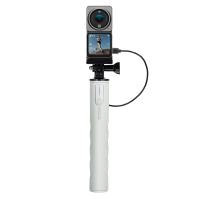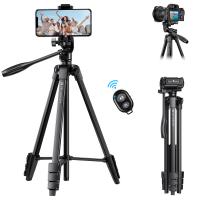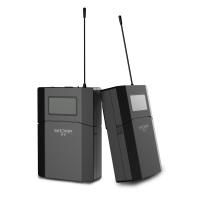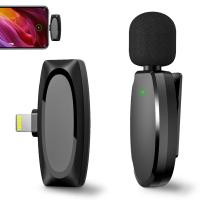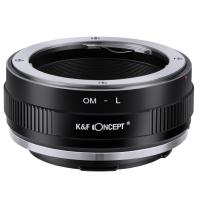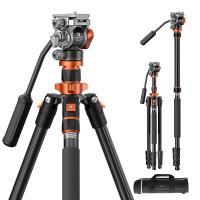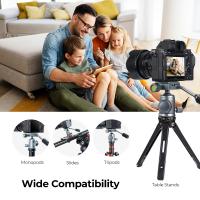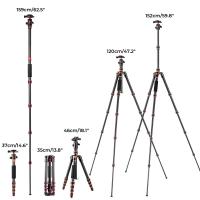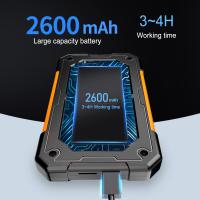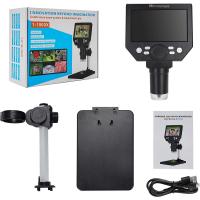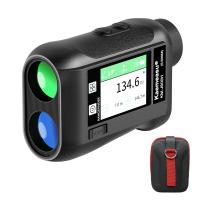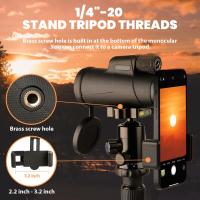How To Hide A Surveillance Camera Outside ?
To hide a surveillance camera outside, you can consider the following options:
1. Camouflage: Use natural elements like plants, shrubs, or trees to conceal the camera. Position it strategically so that it blends in with the surroundings.
2. Disguise: Use objects that resemble or mimic the camera's appearance, such as a fake birdhouse, outdoor light fixture, or garden decoration. This can help the camera go unnoticed.
3. Weatherproof housing: Invest in a weatherproof housing or casing that matches the camera's surroundings. This can help protect the camera from the elements while also making it less conspicuous.
4. Strategic placement: Position the camera in a way that it is not easily visible from common angles or areas. Consider mounting it higher up or in a spot that is less likely to be noticed.
5. Wireless cameras: Opt for wireless cameras that can be easily hidden in inconspicuous locations. These cameras can be placed in objects like bird feeders, flower pots, or even disguised as rocks.
Remember to always comply with local laws and regulations when installing surveillance cameras.
1、 Camouflage techniques for outdoor surveillance cameras
Camouflage techniques for outdoor surveillance cameras have evolved over the years to ensure effective monitoring while remaining inconspicuous. Here are some methods to hide a surveillance camera outside:
1. Disguise the camera: Use camouflage skins or covers that blend with the surroundings. These can mimic objects like rocks, plants, or birdhouses, making the camera less noticeable.
2. Strategic placement: Position the camera in areas where it can blend naturally, such as near foliage or architectural features. Avoid obvious locations that draw attention.
3. Utilize existing structures: Incorporate the camera into existing objects like outdoor lights, mailboxes, or rain gutters. This helps to conceal the camera while maintaining functionality.
4. Use wireless cameras: Wireless surveillance cameras eliminate the need for visible wires, making them easier to hide. They can be placed discreetly in inconspicuous locations.
5. Opt for smaller cameras: Miniature cameras are easier to conceal. They can be hidden in small crevices, behind objects, or even inside birdhouses or garden decorations.
6. Infrared illuminators: If night vision is required, consider using infrared illuminators. These can be hidden or integrated into the environment, providing discreet monitoring in low-light conditions.
7. Blend with the environment: Match the camera's color and texture to its surroundings. For example, if the camera is mounted on a brick wall, paint it to match the wall color.
It's important to note that while hiding surveillance cameras can be useful for discreet monitoring, it's essential to comply with local laws and regulations regarding surveillance and privacy. Always ensure that the camera placement respects the rights and privacy of individuals.
In recent years, advancements in technology have made surveillance cameras smaller and more inconspicuous. Some cameras are designed to mimic everyday objects like outdoor lights or even tree branches, making them virtually undetectable. Additionally, some cameras are equipped with advanced motion sensors that can trigger recording only when activity is detected, further enhancing their covert nature.
However, it's crucial to strike a balance between effective surveillance and respecting privacy. Transparent communication about the presence of surveillance cameras can help maintain trust and ensure that their use is within legal boundaries.
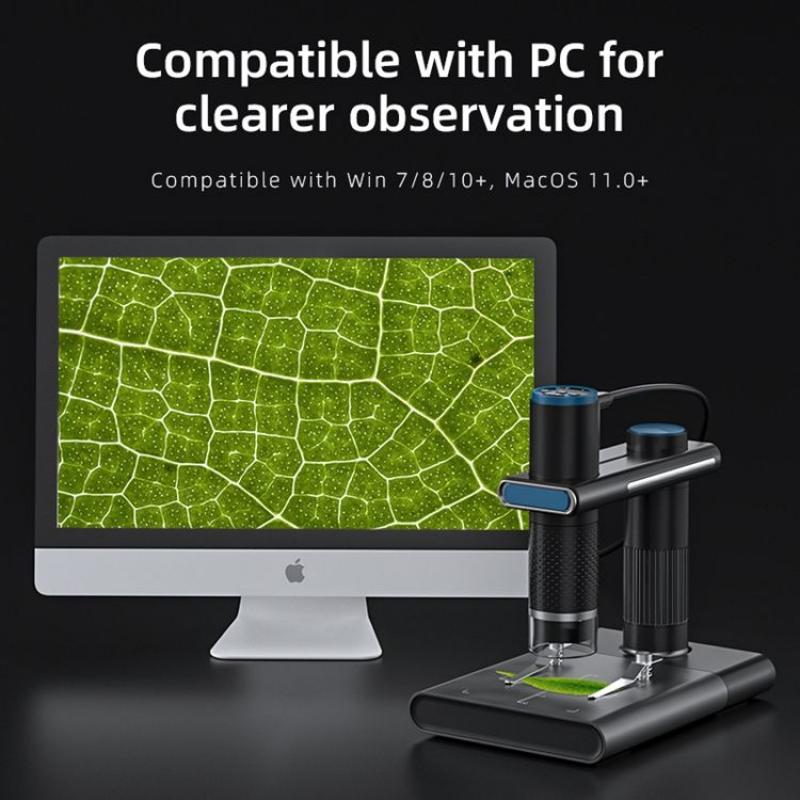
2、 Concealing outdoor surveillance cameras with natural surroundings
Concealing outdoor surveillance cameras with natural surroundings is an effective way to hide them from prying eyes. Here are some tips on how to achieve this:
1. Choose the right camera: Opt for a camera that blends well with its surroundings. Look for models that come in colors like black or green, which can easily blend with trees, bushes, or other outdoor elements.
2. Strategic placement: Position the camera in a location that provides a natural cover. For example, you can place it behind tree branches or foliage to obscure its view. Ensure that the camera has a clear line of sight while still being concealed.
3. Camouflage the camera: Use camouflage wraps or skins specifically designed for outdoor surveillance cameras. These wraps mimic natural textures like tree bark or leaves, making the camera virtually invisible when viewed from a distance.
4. Utilize existing structures: If possible, mount the camera on existing structures like walls, fences, or poles. This helps to blend the camera into the environment and makes it less noticeable.
5. Consider alternative camera options: Explore alternative camera designs that are specifically made to be discreet. Some cameras are designed to look like everyday objects such as rocks, birdhouses, or outdoor lights, making them virtually undetectable.
It's important to note that while concealing surveillance cameras can be useful for security purposes, it's essential to comply with local laws and regulations regarding surveillance and privacy. Always ensure that you are using cameras responsibly and ethically.
In the latest point of view, advancements in technology have led to the development of smaller and more inconspicuous surveillance cameras. Some cameras are now designed to be wireless and can be easily hidden in outdoor objects like bird feeders or flower pots. Additionally, some cameras come with advanced features like motion sensors and night vision, allowing for enhanced security without compromising on concealment.
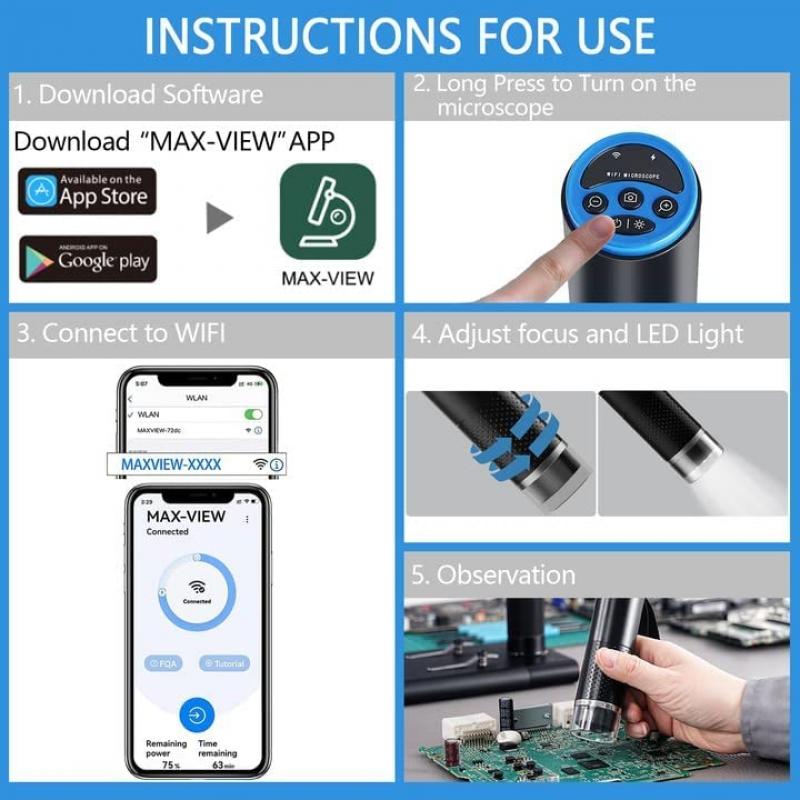
3、 Using weatherproof housings to hide outdoor surveillance cameras
Using weatherproof housings to hide outdoor surveillance cameras is an effective way to ensure that your camera remains discreet and protected from the elements. These housings are designed to blend in with the surroundings and provide a layer of camouflage, making it difficult for potential intruders or passersby to notice the camera's presence.
When selecting a weatherproof housing, opt for one that matches the color and texture of the area where the camera will be installed. This will help the camera blend in seamlessly with its surroundings, making it less likely to be detected. Additionally, consider the size and shape of the housing to ensure it doesn't stand out or draw unnecessary attention.
Another important aspect to consider is the placement of the camera. Look for strategic locations that provide optimal coverage while remaining inconspicuous. Consider natural elements such as trees, shrubs, or other structures that can provide additional cover for the camera.
In recent years, advancements in technology have led to the development of more innovative ways to hide surveillance cameras outside. Some manufacturers now offer cameras that are designed to mimic everyday objects such as rocks, birdhouses, or outdoor lights. These disguised cameras can be placed in plain sight without raising suspicion.
It's worth noting that while hiding surveillance cameras can be effective, it's important to comply with local laws and regulations regarding privacy and surveillance. Always ensure that you are using cameras for legitimate purposes and respect the privacy of others.
In conclusion, using weatherproof housings to hide outdoor surveillance cameras remains a reliable method to maintain discreet surveillance. However, the latest advancements in technology have introduced more creative options, such as disguised cameras, that can further enhance the ability to hide cameras effectively.
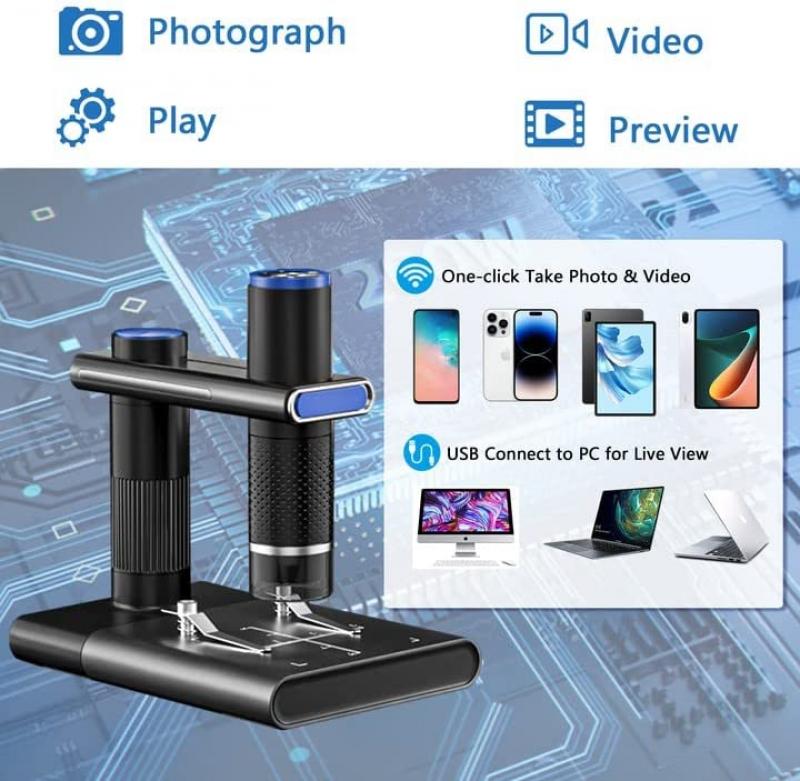
4、 Strategic placement of outdoor surveillance cameras for discreet monitoring
Strategic placement of outdoor surveillance cameras for discreet monitoring is crucial when it comes to hiding them effectively. Here are some tips on how to hide a surveillance camera outside:
1. Camouflage: Use natural elements such as plants, trees, or shrubs to conceal the camera. Ensure that the camera blends in with its surroundings, making it difficult to spot.
2. Strategic positioning: Place the camera in areas where it is less likely to be noticed. Consider corners, high up on walls, or under eaves to minimize visibility.
3. Weatherproof housing: Invest in a weatherproof housing for the camera to protect it from the elements. This will not only help it blend in but also ensure its longevity.
4. Use existing fixtures: Utilize existing fixtures like light fixtures or birdhouses to hide the camera. This can help camouflage the camera and make it less conspicuous.
5. Wireless cameras: Opt for wireless surveillance cameras that can be easily hidden. These cameras can be placed in inconspicuous locations without the need for visible wires.
6. Angle adjustment: Adjust the camera's angle to capture the desired area while minimizing its visibility. This can be done by tilting or angling the camera appropriately.
7. Consider night vision: If you require surveillance during nighttime, choose a camera with night vision capabilities. This will allow the camera to capture footage discreetly in low-light conditions.
It is important to note that while hiding surveillance cameras can be useful for discreet monitoring, it is essential to comply with local laws and regulations regarding surveillance and privacy. Always ensure that you are using surveillance cameras responsibly and ethically.








